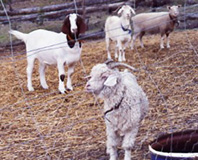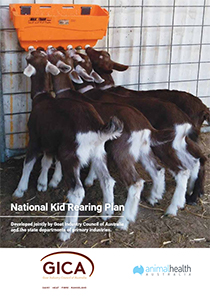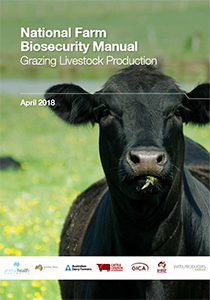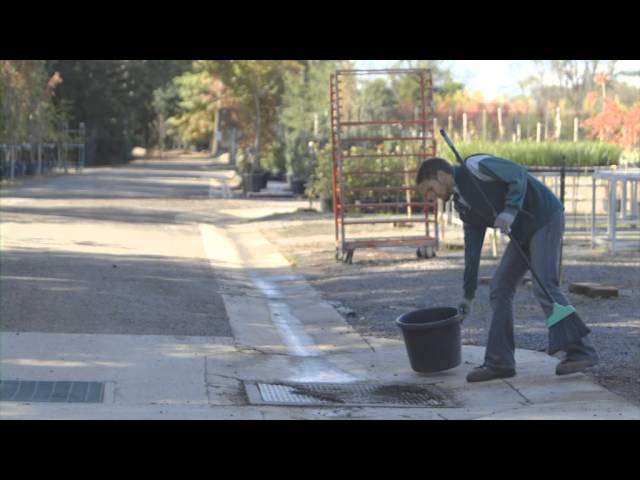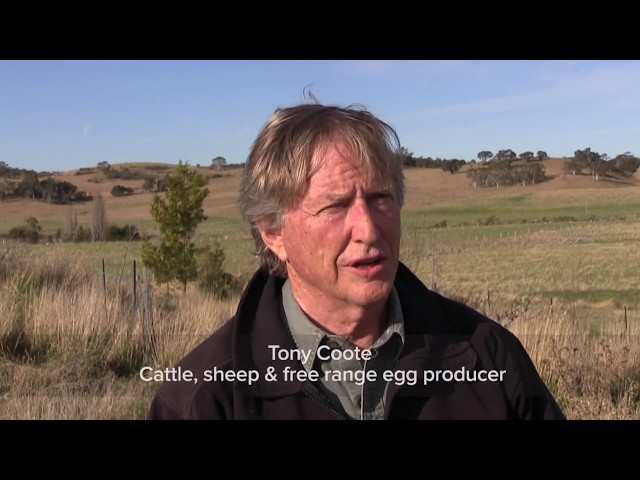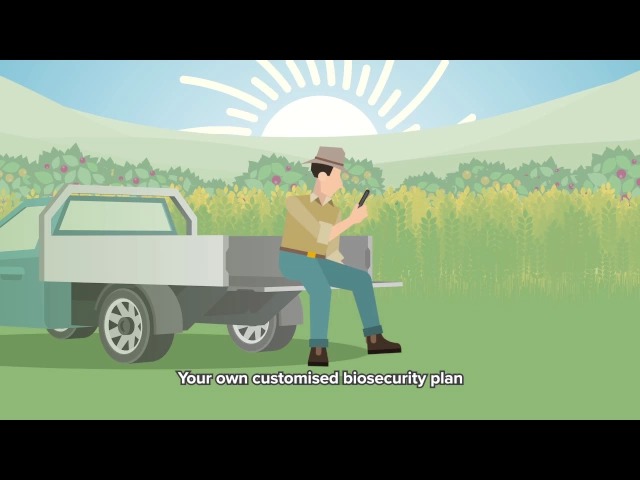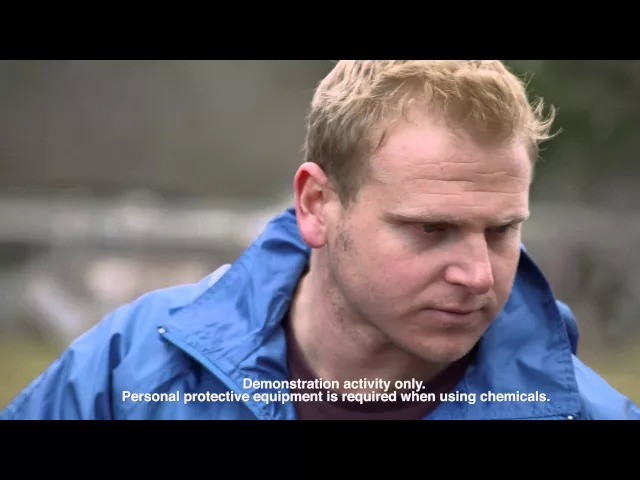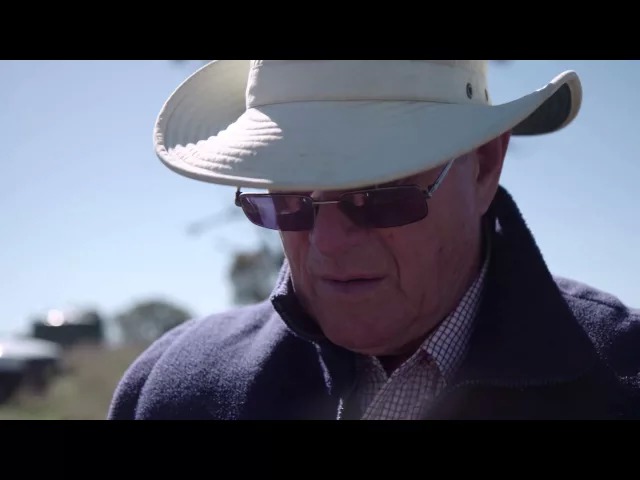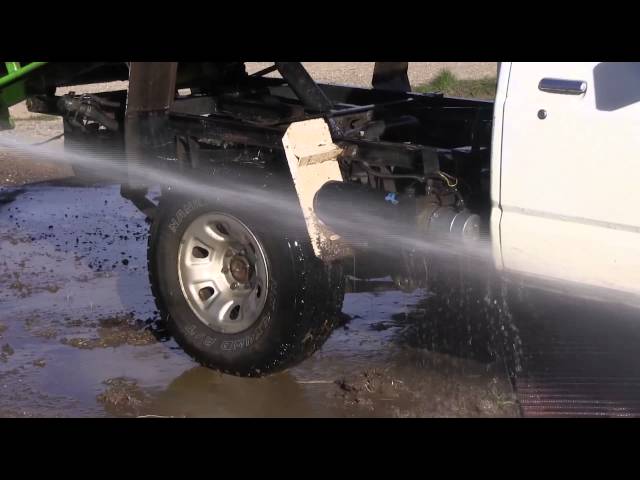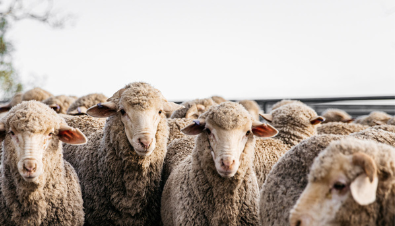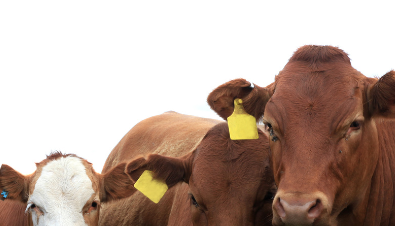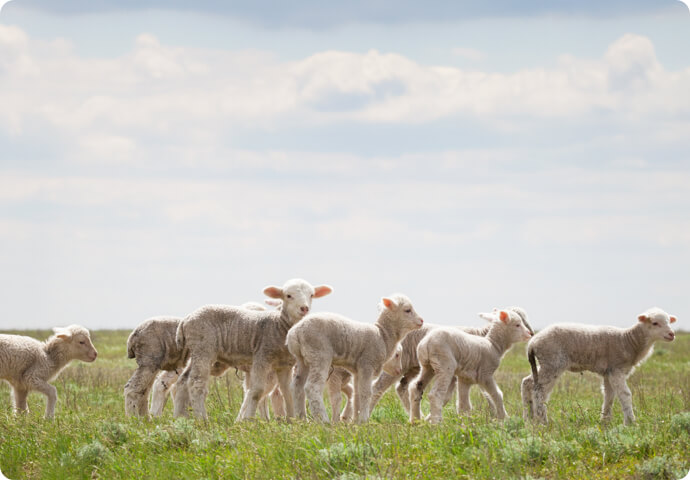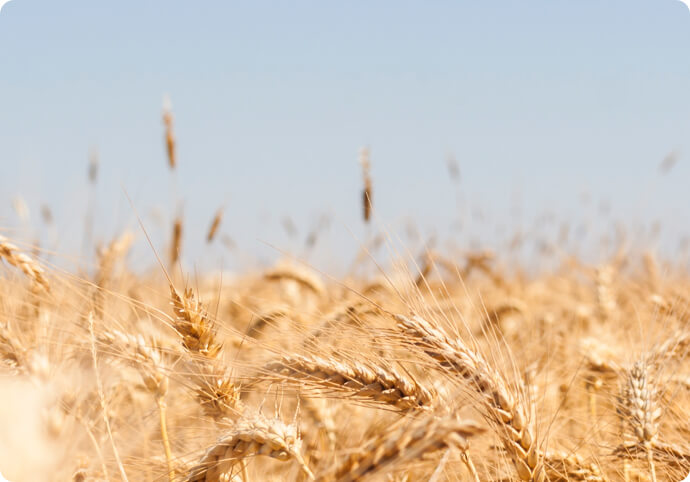Fact sheet and poster for avoiding JD in goats now available
Animal Health Australia and the Goat Industry Council of Australia have produced a poster and fact sheet to help producers understand, avoid and manage the impacts of Johne’s disease (JD) in their goat herds. Both the fact sheet and the poster have been provided as professional, print-ready PDF files that can be downloaded for free and are formatted to be printed by a professional printing company in a finish and style of your choice or they can simply be printed from the home or office printer.

